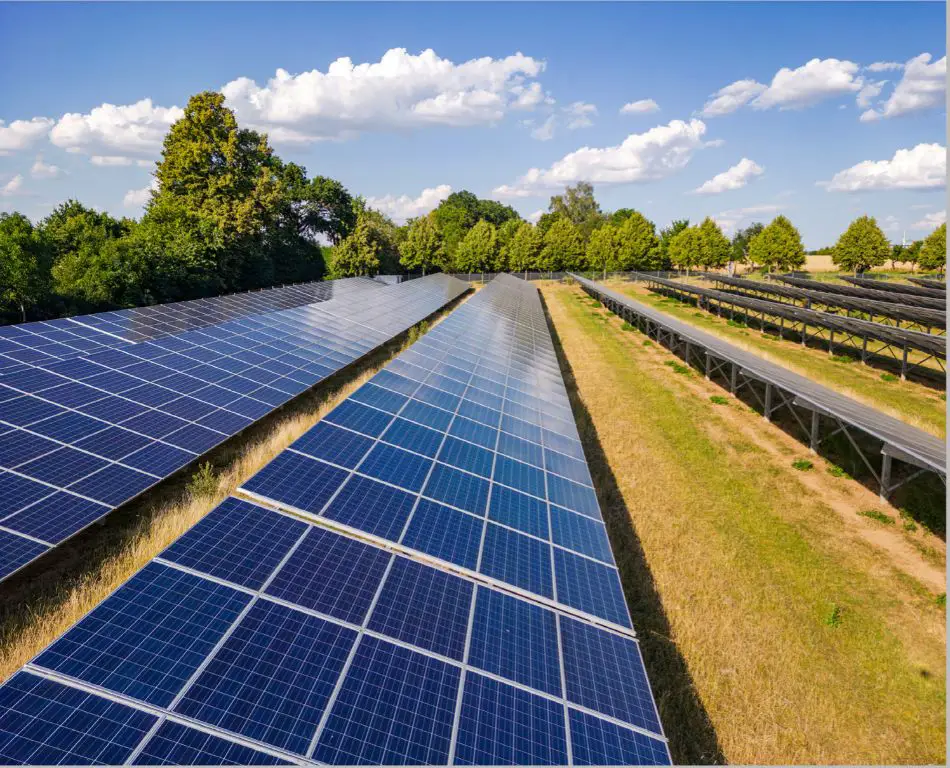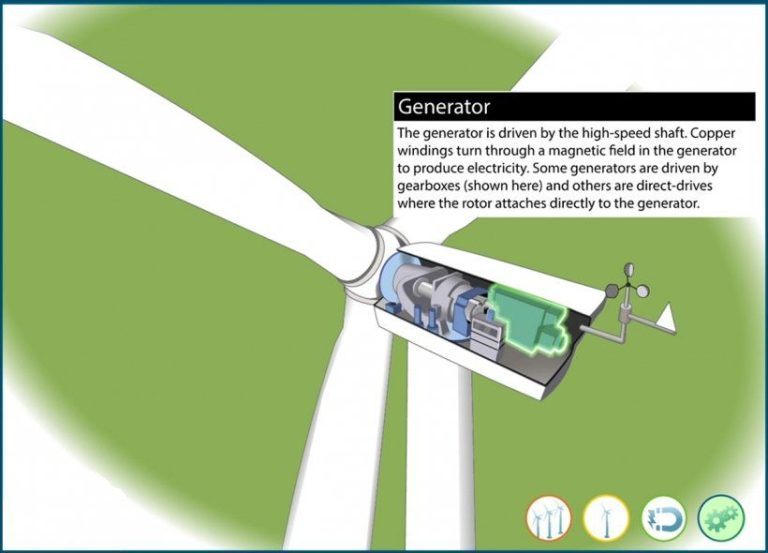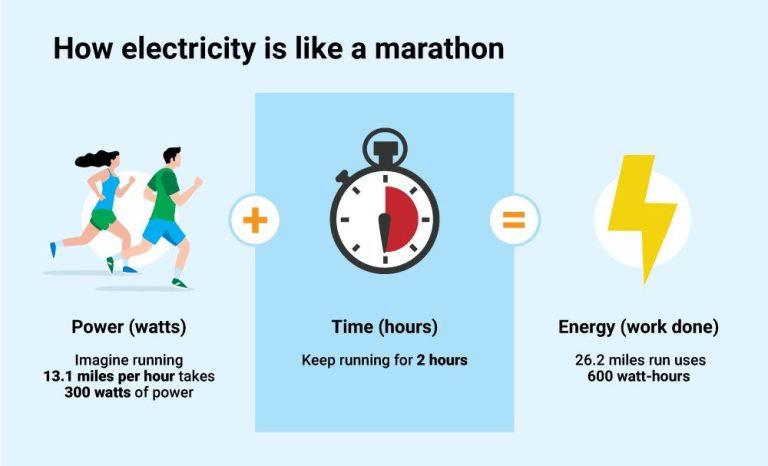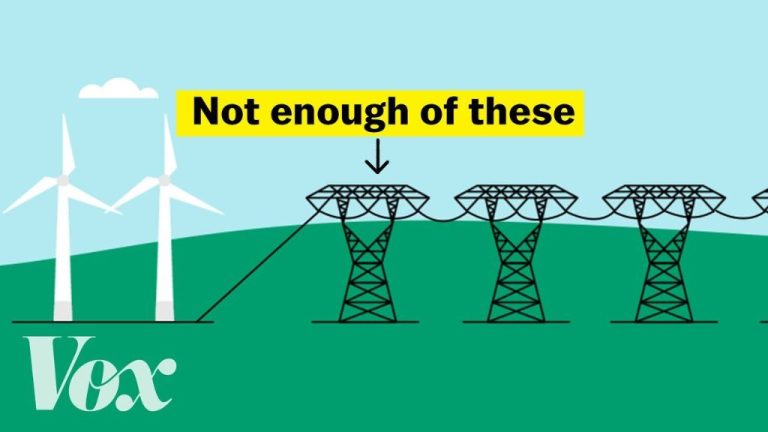Will Solar Energy Ever Run Out?

Solar energy is the radiant energy emitted by the sun, which can be harnessed by technologies like solar panels to generate electricity. The concern that solar energy may someday “run out” stems from the fact that the sun, like all stars, has a finite lifespan.
The sun is a gigantic nuclear reactor, fusing hydrogen atoms into helium at its extremely hot core. This nuclear fusion reaction releases energy in the form of photons, which make their way to the sun’s surface before radiating out into space. Some of these photons reach Earth, delivering solar energy that supports life and can be harnessed for renewable power.
However, the sun only has so much hydrogen fuel available for fusion. As the hydrogen runs out over billions of years, the sun’s core will shrink and heat up even more, causing the sun to expand into a red giant star. Once the hydrogen is depleted, the sun is expected to exhaust its nuclear fuel and cool down over the course of billions more years, eventually collapsing into a white dwarf star that will slowly fade away.
This raises the question – if the lifespan of the sun is finite, does that mean solar energy will eventually run out? Let’s take a deeper look at the factors that may determine the long-term viability of solar power.
The Sun’s Lifespan
The Sun is expected to last approximately 10 billion years before running out of fuel. Our star is currently about 4.5 billion years old, meaning it’s roughly halfway through its lifespan [1]. The Sun generates energy through nuclear fusion, fusing hydrogen atoms together to create helium. This process releases enormous amounts of energy, creating heat and light.
However, over time the Sun uses up its supply of hydrogen fuel. Models predict the Sun will continue expanding into a red giant in about 5 billion years, once hydrogen fuel in the core is depleted. As a red giant, it will be over 100 times larger and 2,000 times brighter than it is today. Eventually, after another 1 billion years as a red giant, the Sun will shed its outer layers to form a planetary nebula and collapse into a white dwarf [2]. As a white dwarf, nuclear fusion will cease, cutting off the supply of new energy.
Limits of Solar Technology
Solar panels work by allowing photons, or particles of light, to knock electrons free from atoms, generating a flow of electricity. Solar cells are made up of semiconductor materials like silicon that are treated to form an electric field. When light hits the solar cell, electrons are knocked loose and flow through the field, generating electricity.
The efficiency of a solar panel refers to what percentage of the sun’s energy striking the panel is converted into usable electricity. Currently, the average efficiency of solar panels falls between 15% to 20%. The most efficient solar panels on the market today can reach around 22% to 23% efficiency. This is a major improvement from early solar cells which had efficiencies of only around 6%.
There are limits to how efficient solar panels can become due to something called the Shockley-Queisser limit. This principle states that there are theoretical limits to how efficient traditional solar cells can be due to energy losses that inevitably occur through heating and photon wavelengths that cannot be absorbed.
Sources:
https://www.energy.gov/eere/solar/solar-performance-and-efficiency
https://www.solar.com/learn/solar-panel-efficiency/
Availability of Materials
Solar panels require certain raw materials like silicon, silver, copper and more. As solar adoption increases globally, sourcing enough of these materials is a concern. Silicon, for example, is essential for manufacturing photovoltaic (PV) cells that convert sunlight into electricity. But mining silicon comes with environmental costs, as noted by the Union of Concerned Scientists (link to UCS blog). With demand outpacing supply, material costs could rise and limit solar growth.
One solution is recycling old solar panels to recover valuable materials, like the silver and silicon. By 2050, experts estimate over 100 million tons of solar panel waste will accumulate. “Properly recycling this material could supply up to half of the silver, silicon and other raw materials needed for new solar panel manufacturing,” according to UCS (link to UCS blog). Investment in recycling infrastructure today will ensure solar power continues expanding tomorrow.
Growing Energy Demand
Global energy demand is projected to increase significantly in the coming decades. According to projections from ExxonMobil, electricity demand is expected to rise around 25% by 2040, with growth occurring worldwide [1]. This increase will require more power generation from all sources. Renewable energy, especially solar and wind, are poised to meet a major portion of this new electricity demand. Analysis from Ember found that in 2022, solar and wind accounted for over 90% of new annual power generation added globally [2]. Further research indicates solar and wind resources are essentially unlimited and could meet global energy needs 100 times over when fully utilized [3]. With continued declines in cost and advances in storage technology, solar energy appears well positioned to scale up and play a major role in supplying the world’s growing appetite for electricity.
Solar Advancements
There are many exciting innovations in solar technology aimed at improving efficiency and expanding energy production. One such development is solar paint, which contains tiny solar cells that can convert sunlight into electricity. Companies like Solaronix are creating solar paint that can be applied to vehicles, windows, buildings and more to turn common surfaces into solar panels.
Solar windows are another emerging technology that embeds solar cells into glass windows, allowing them to generate electricity like solar panels. Researchers at Michigan State University have developed transparent solar windows that could be installed on tall buildings to produce power. Startups like Ubiquitous Energy are also working on integrating solar technology into window glass.
According to research from Project Solar, solar windows and solar paint are two key innovations that will expand where we can produce solar power beyond traditional rooftop panels. These technologies allow for solar energy harvesting on the sides of buildings, vehicles, laptops and more (Project Solar).
Use of Space Solar
Space-based solar power (SBSP) is the concept of collecting solar power in space and transmitting it wirelessly to Earth. SBSP would place large solar arrays into orbit and beam the energy down to ground collection sites using microwaves or lasers. According to a Scientific American article, SBSP offers advantages like access to unlimited sunlight 24 hours a day and the ability to position the arrays to maximize energy production.
The viability and scalability of SBSP has long been debated. While the basic concept seems promising, there are major technical and economic challenges to overcome. Constructing massive structures in space is difficult and expensive with current technology. Efficiently transmitting the energy over large distances without losses is also a hurdle. According to SpaceNews, NASA is reexamining SBSP and believes new developments in areas like lightweight structures, solar cells, and wireless power transmission could make it more feasible. Overall, SBSP remains speculative but holds potential to one day become a major energy source if key innovations can enable affordable large-scale implementation.
Solar Storage Solutions
One key challenge with solar power is that it is an intermittent energy source, only generating electricity when the sun is shining. However, advances in storage technology are helping enable solar power to provide consistent, 24/7 clean energy.
Batteries are one important storage solution for solar energy. Lithium-ion batteries, like those used in electric vehicles, can store solar electricity for use at night or on cloudy days. Battery storage technology is rapidly improving, with costs declining and performance increasing.1 Utility-scale solar farms are increasingly being built with large battery storage capacity.
Pumped hydro storage is another important storage method. This involves pumping water uphill to a reservoir when solar power is abundant, then releasing it through hydroelectric turbines when solar generation decreases. Pumped hydro can efficiently store huge amounts of energy to balance electricity supply and demand.2,3 While site-dependent, pumped hydro has proven reliable for large-scale solar integration.
With such storage solutions, solar power can increasingly provide uninterrupted clean electricity around the clock.
Role of Other Renewables
Solar is not the only renewable energy source with potential for growth. Other renewable sources like wind and geothermal can complement solar energy production.
Wind power is already a major source of renewable energy worldwide. Many parts of the world have strong and consistent wind speeds that allow wind turbines to generate significant amounts of electricity. According to the UN, “The best locations for wind farms are open plains or hilltops, offshore, and in valleys.”[1] As wind turbine technology improves, wind power is becoming more efficient and cost-effective.
Geothermal energy utilizes underground heat from the Earth’s core to produce steam for electricity generation. According to National Geographic, “Advantages of geothermal energy include its proven reliability as a source of electricity, the fact that it is unaffected by changing weather conditions, and its low level of emissions.”[2] While geothermal is limited to areas with geothermal resources, it provides a constant baseline of renewable energy.
By combining output from solar, wind, geothermal and other renewables like hydropower, there is greater potential for 100% renewable energy. Each source has strengths that can balance out intermittency from solar and wind. With an “all of the above” renewable energy strategy, solar does not need to run out for clean energy production to continue growing.
[1] https://www.un.org/en/climatechange/what-is-renewable-energy
[2] https://www.nationalgeographic.org/article/renewable-energy/
Conclusion
In summary, while solar power will continue to be a crucial part of our renewable energy mix into the foreseeable future, it cannot singlehandedly scale indefinitely to meet all of our energy needs. The sun itself will continue shining for billions of years, but solar panel technology has limitations in efficiency, material availability, lifespan, and storage capacity that constrain how much solar power can realistically be harnessed. Based on current solar panel lifespans, some existing solar farms may need upgraded panels or full decommissioning within the next few decades.
Solar power will likely play an increasingly integral role in the global shift towards renewable energy, but it must be complemented by other sources like wind, geothermal, tidal, and potentially nuclear power. The ideal renewable energy grid of the future will utilize a diverse mix of technologies to provide stable, sustainable energy. With continued innovation in solar efficiency, storage, lifespan, and materials, as well as smarter grids and distribution systems, solar can continue making substantial contributions to our energy portfolio without becoming the single dominant source.






